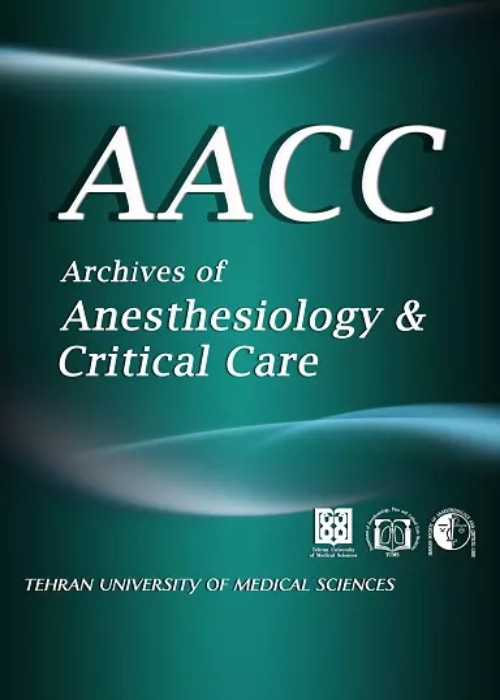The Effect of Prophylactic Administration of Ketorolac Ophthalmic Suspension on Prevention of Surgically Induced Miosis in Patients Undergoing Cataract Surgery
Author(s):
Abstract:
Background
Cataract extraction surgery remains the most commonly performed eye surgery by ophthalmologists. The maintenance of mydriasis is required throughout surgery to allow better visualization of the surgical field and a greater working space within the center of the eye. Non-steroidal anti-inflammatory agents (NSAIDs) have their effect in maintaining mydriasis by their ability to inhibit prostaglandin synthesis.Methods
This was a prospective, randomized clinical trial study in 84 patients undergoing phacoemulsification cataract surgery. Patients were randomized to ketorolac tromethamine 0.5% (n=42) or the control group (n=42). Patients in the ketorolac group received one drop of ketorolac every 15 min for a total of 4 drops from one hour before surgery. The horizontal diameters of the pupil were measured in millimeters with a caliper under the microscope at the following stages: before surgery, after intracameral epinephrine injection, after nuclear emulsification and at the end of surgery.Results
The difference in pupillary diameter at the end of surgery was statistically significant between two groups (7.34 ± 1.0 mm and 8.01 ±0.67 mm in the control and the ketorolac groups, respectively; p=0.018). The difference in mean pupil size after intracameral epinephrine injection and after nuclear emulsification between the control group (0.51 ± 0.25 mm) and the ketorolac group (0.01 ± 0.20 mm) was statistically significant (p Conclusion
Topical ketorolac is an effective inhibitor of miosis during phacoemulsification cataract surgery, and provides a more stable mydriatic effect throughout the surgical procedure.Keywords:
Language:
English
Published:
Archives of Anesthesiology and Critical Care, Volume:2 Issue: 2, Spring 2016
Pages:
184 to 188
magiran.com/p1545468
دانلود و مطالعه متن این مقاله با یکی از روشهای زیر امکان پذیر است:
اشتراک شخصی
با عضویت و پرداخت آنلاین حق اشتراک یکساله به مبلغ 1,390,000ريال میتوانید 70 عنوان مطلب دانلود کنید!
اشتراک سازمانی
به کتابخانه دانشگاه یا محل کار خود پیشنهاد کنید تا اشتراک سازمانی این پایگاه را برای دسترسی نامحدود همه کاربران به متن مطالب تهیه نمایند!
توجه!
- حق عضویت دریافتی صرف حمایت از نشریات عضو و نگهداری، تکمیل و توسعه مگیران میشود.
- پرداخت حق اشتراک و دانلود مقالات اجازه بازنشر آن در سایر رسانههای چاپی و دیجیتال را به کاربر نمیدهد.
In order to view content subscription is required
Personal subscription
Subscribe magiran.com for 70 € euros via PayPal and download 70 articles during a year.
Organization subscription
Please contact us to subscribe your university or library for unlimited access!


